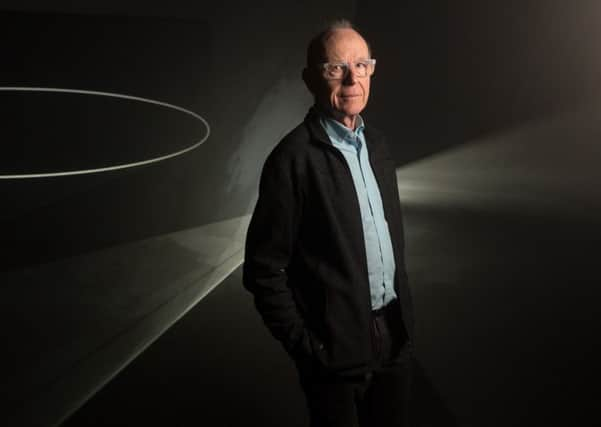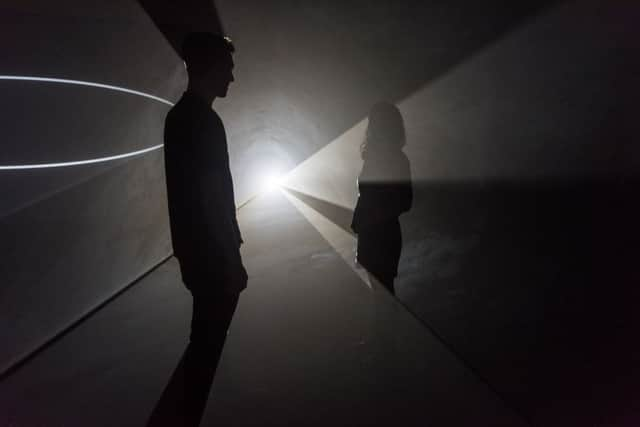Inside Anthony McCall's new exhibition at The Hepworth Wakefield


Not that you would ever want to pigeonhole an artist, but Anthony McCall, whose work is currently on display at the Hepworth Wakefield, is trickier to pin down than most.
Is his work film, sculpture, drawing, immersive installation or performance art? Well, the answer would probably be: a little of all of those, which is what makes the show Solid Light Works so fascinating. It is not unusual for artists to work across several different forms and media, but McCall’s pieces often blur boundaries and he has himself described his practice as existing in the space where cinema, sculpture and drawing overlap.
Advertisement
Hide AdAdvertisement
Hide Ad“He’s an artist I have been following for many years,” says Andrew Bonacina, chief curator at the Hepworth. “Sculpture is at the core of our programme and opening out what sculpture can be, so for us it felt natural to include him, and also as an artist who might respond to our galleries in different ways.”


It is the first UK exhbition of McCall’s work in more than a decade and it includes the premiere of three new ‘solid light’ installations, large-scale works which incorporate the viewer, inviting them to become active participants. McCall’s early work, in the 1970s, was rooted in the medium of film and performance and you can see this influence in these more recent pieces.
The installations on display at the Hepworth, using beams of light and haze, are particularly resonant for visitors of a certain age – I happened to go with my parents, who were put in mind of going to the cinema in an era when the air in the auditorium would be thick with cigarette smoke.
Interacting with the artworks, being ‘inside’ them in a sense, and with other people around you, is indeed reminiscent of the kind of communal experience that cinema offers. His work is also about engaging with the physcial, something which, perhaps, in our fractured, tech-driven, screen-focussed lives we yearn to return to. The participatory nature of the work clearly has a lot of appeal.
Advertisement
Hide AdAdvertisement
Hide Ad“The wonderful thing about Anthony’s work is that you are completely immersed in this very physical experience,” says Bonacina. “We have found that visitors seem to want to spend a lot of time with the work. I think it is highlighting a need for physical experience in the space of a gallery. Even though McCall is now using digital technology there is still a very strong tangible, physical component. We have become a bit distanced from that in our daily lives.”


The sculptural, filmic and performative elements of McCall’s work are clear to the viewer but it also incorporates elements of another artistic practice. With these works, he is almost ‘drawing’ with light. The attention to detail and planning that goes in to McCall’s pieces is very methodical, almost mathematical, and visitors to the exhibition have the opportunity to see his ‘workings’ in a display of notebooks and sketches which offer a real insight into his processes. There is also a retrospective of his performative works from the 1970s including Landscape for Fire (1972), a film of fire ‘happenings’ using actors setting and lighting small fires.
“Those peformance pieces are an integral part of the making of his work,” says Bonacina. “It is the simple idea of a beam of light becoming physical. And that was the story we wanted to tell.”
At the Hepworth Wakefield until June 3. Free entry.